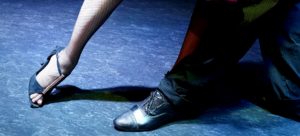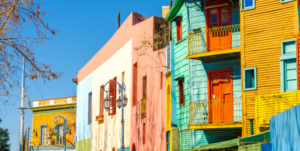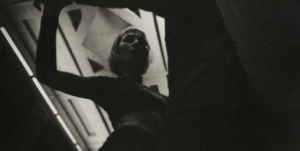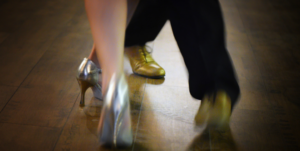What is Guardia Vieja in Tango?
The term Guardia Vieja refers to the initial phase of Argentine tango, spanning approximately from the late 19th century to the 1920s. This era is crucial for understanding the development of tango, as it established the musical and choreographic foundations that would define the genre. During this time, tango began to take form in the working-class districts of Buenos Aires, influenced by a fusion of rhythms and cultures, including African candombe, Cuban habanera, and Creole milonga.
Musical and Instrumental Characteristics of Guardia Vieja
Musically, the Guardia Vieja period is characterized by a marked rhythm that invites dancing. Early tangos were performed by small instrumental ensembles known as “orquestas típicas,” which included guitar, violin, flute, and later, the bandoneón. The bandoneón became the emblematic instrument of tango, providing a melodic depth and unique texture that defined the genre’s sound. Compositions from the Guardia Vieja were generally straightforward and direct, with a repetitive musical structure that was easy to follow, facilitating their performance and dissemination.
Prominent Figures of Guardia Vieja
During the Guardia Vieja, numerous artists emerged who laid the groundwork for tango as we know it today. Notable composers and musicians include:
- Ángel Villoldo: Considered one of the fathers of tango, he authored classics like “El Choclo” and “La Morocha.”
- Eduardo Arolas: Dubbed “El Tigre del Bandoneón,” Arolas was an innovator in bandoneón usage and composed pieces such as “Una Noche de Garufa.”
- Vicente Greco: With his orchestra, Greco popularized many tangos of the time and is known for his version of “Rodríguez Peña.”
- Francisco Canaro: A prolific composer and orchestra leader, author of tangos like “El Chamuyo” and “Madreselva.”
These artists not only created emblematic musical pieces but also helped define the style and technique of tango, both in instrumental performance and dance.
Differences in Dancing: Rhythm, Movements, and Specificities
Tango during the Guardia Vieja period is characterized by a more pronounced and less varied rhythm compared to later stages of tango. Movements of this era were simpler and more direct, focusing on the connection between dancers and musical interpretation. Unlike modern tango, which may include complex figures and acrobatic movements, Guardia Vieja tango emphasized walking and a close embrace, with basic steps that facilitated improvisation and fluidity on the dance floor. Musicality in the dance of this period centered on following the beat and highlighting the rhythmic accents of the music.





